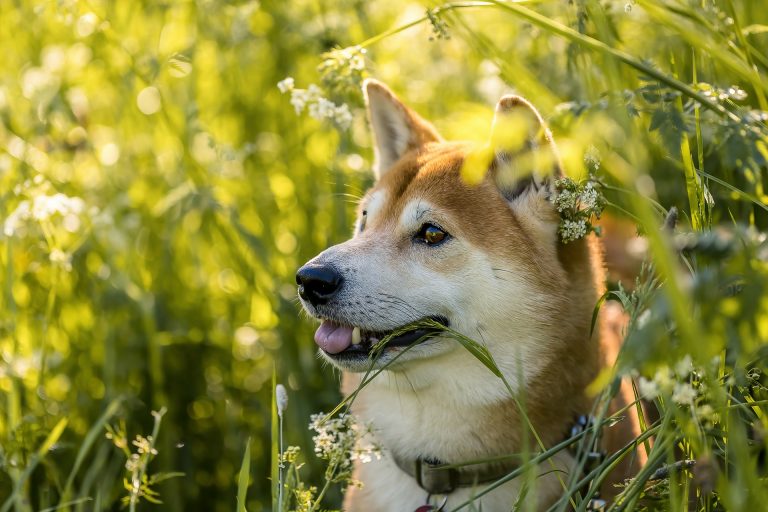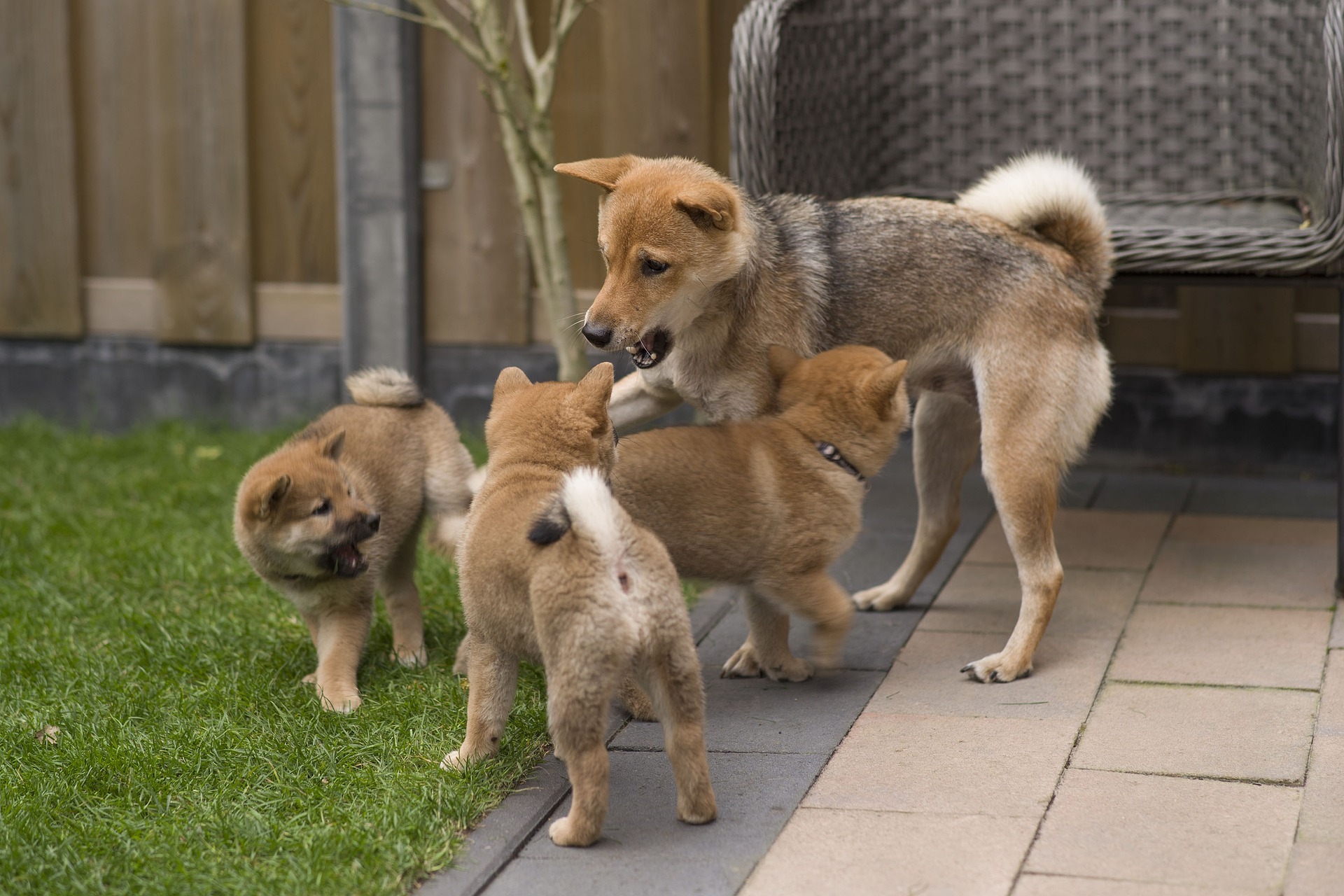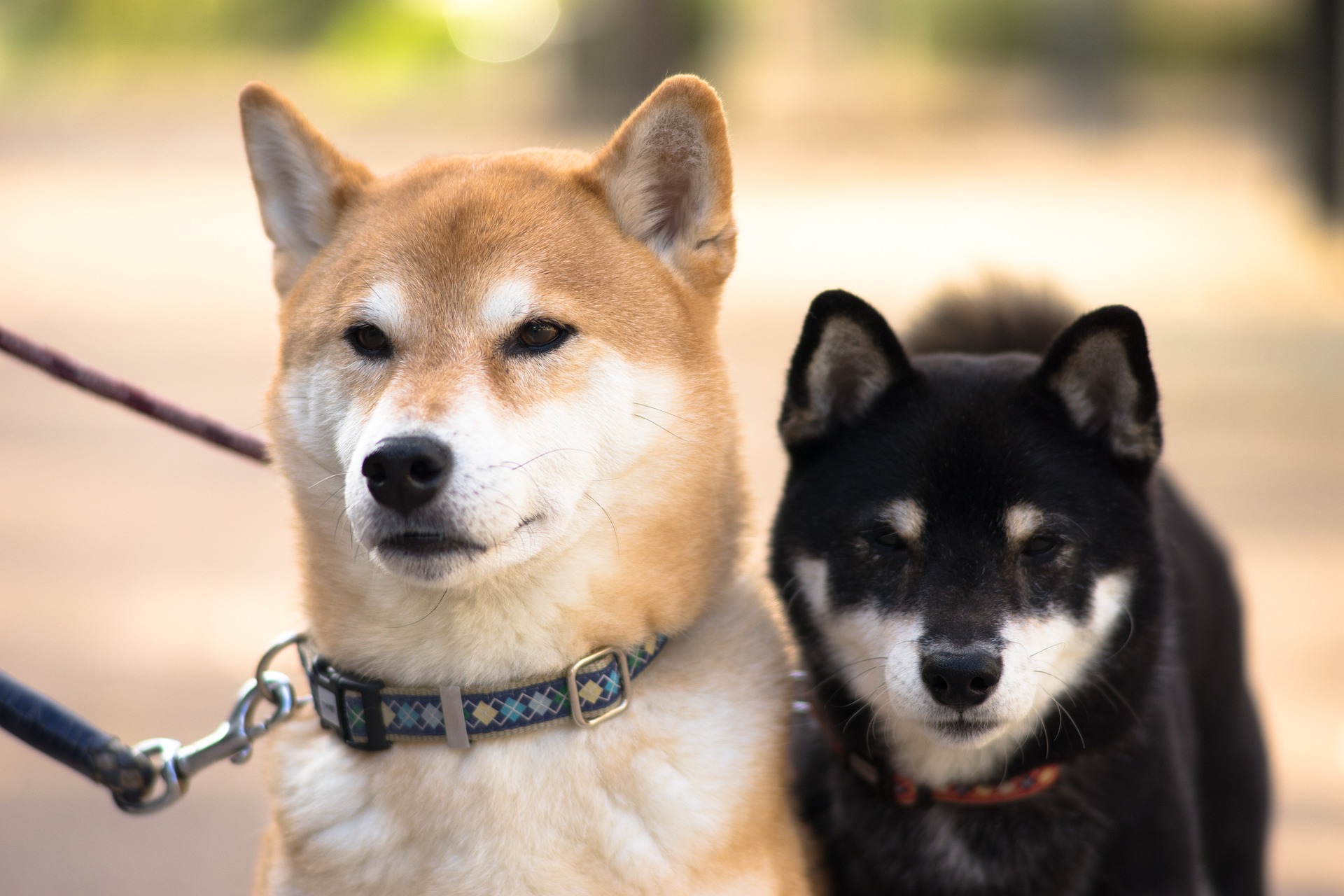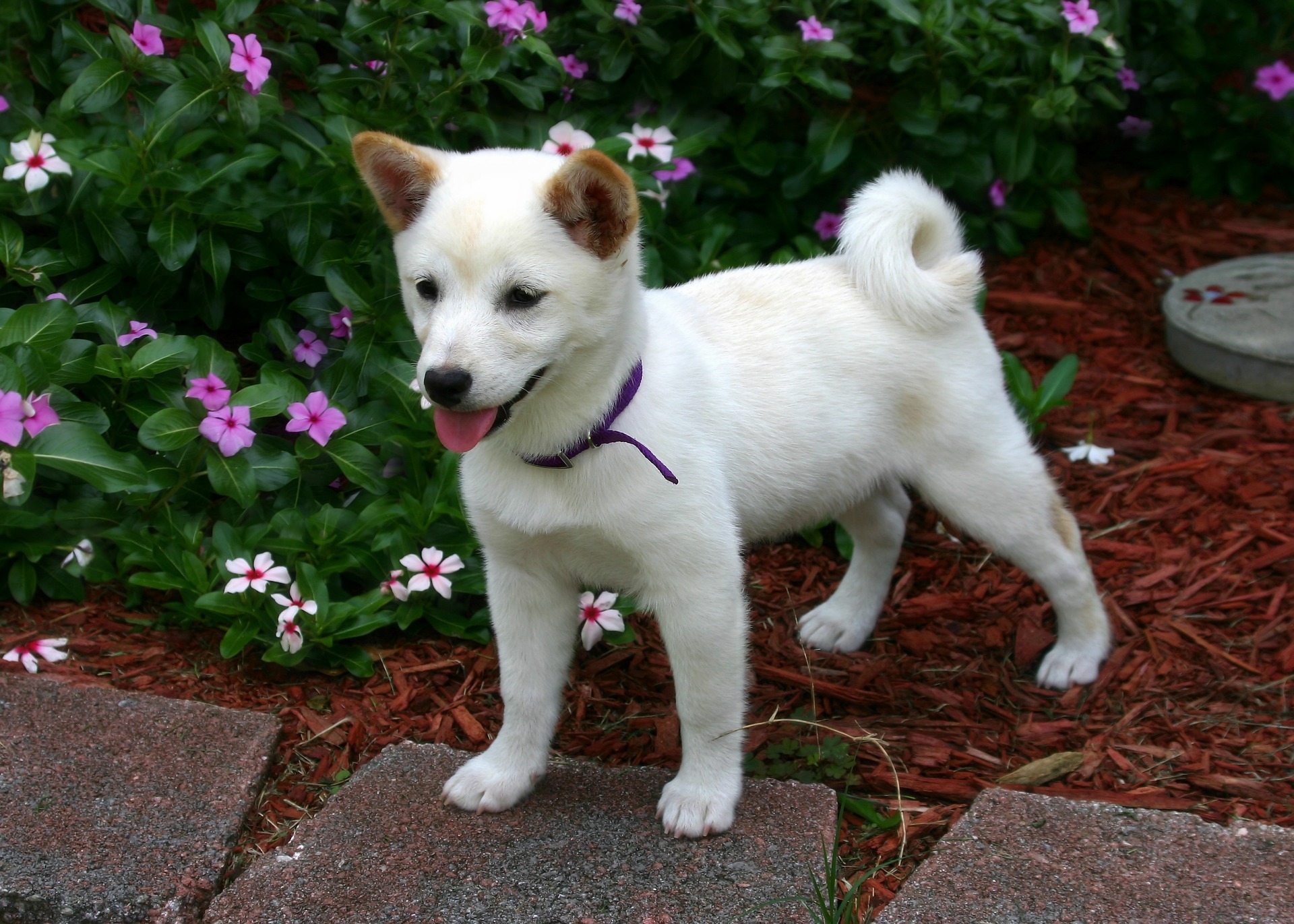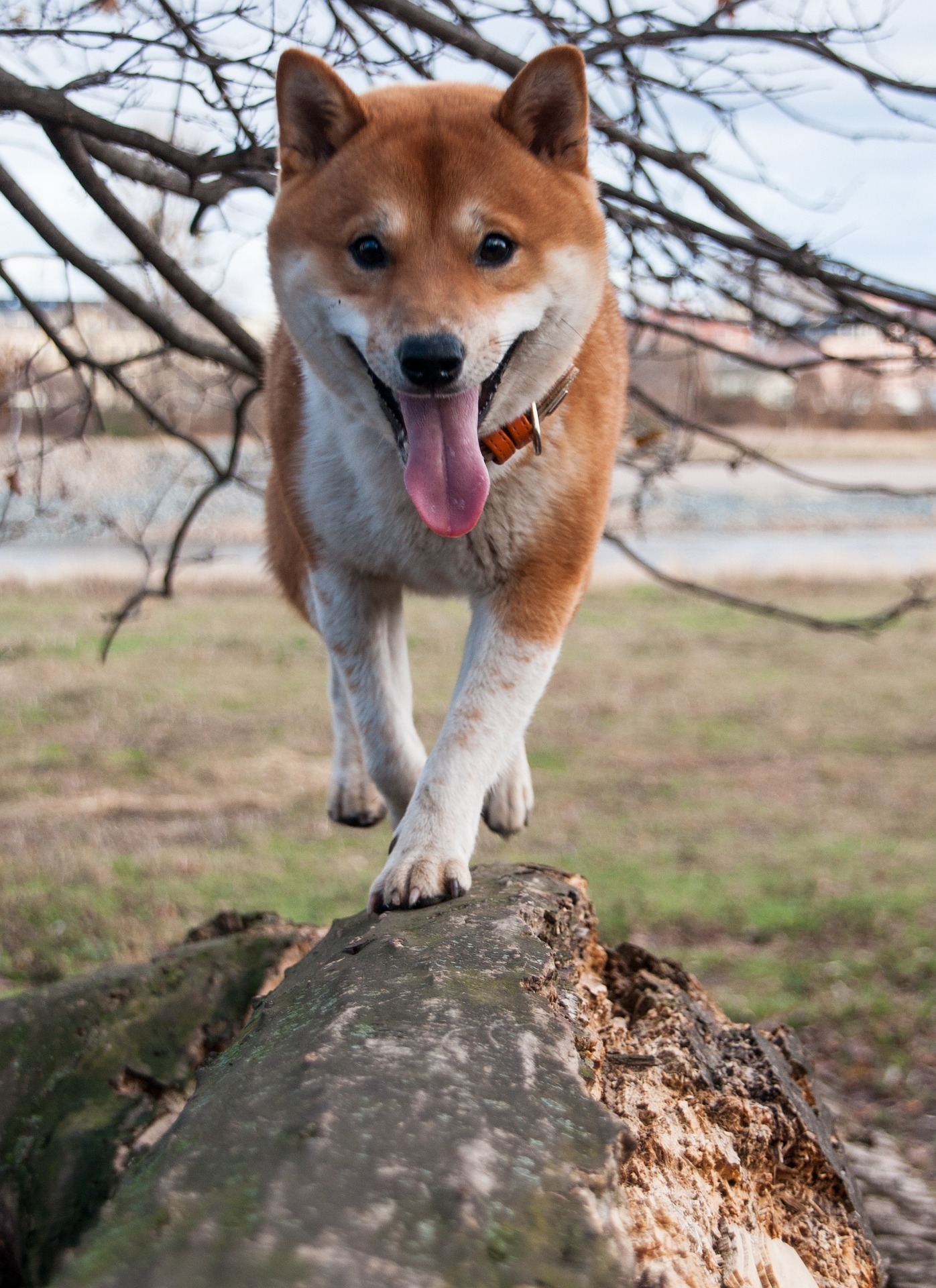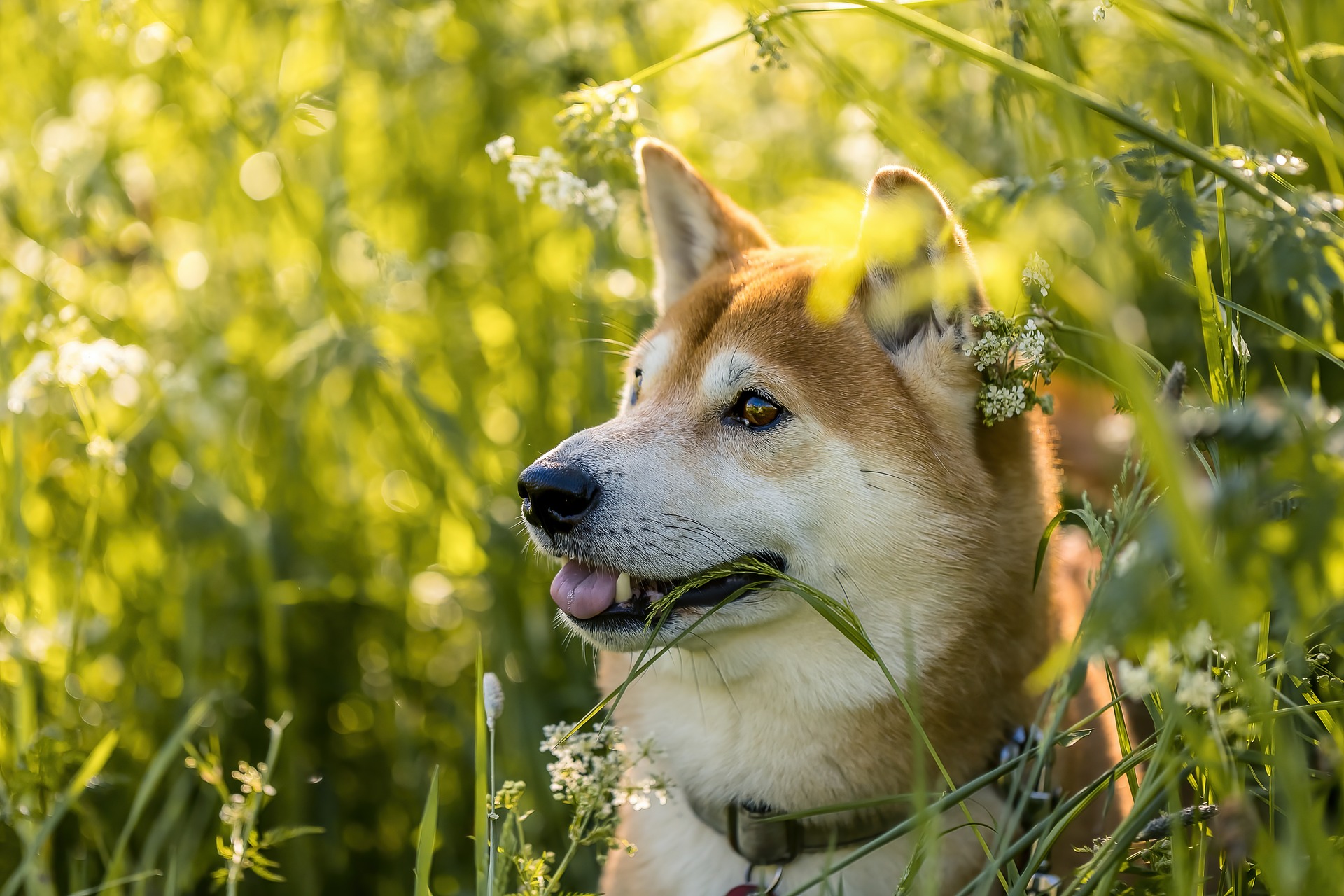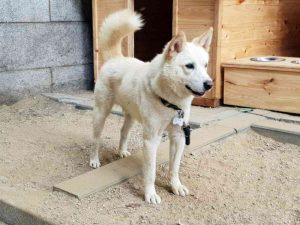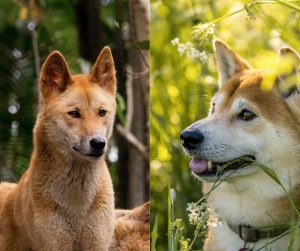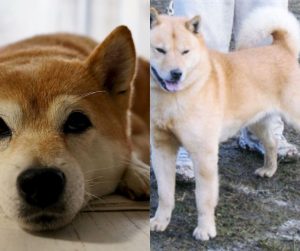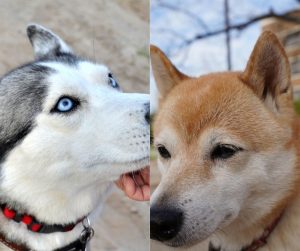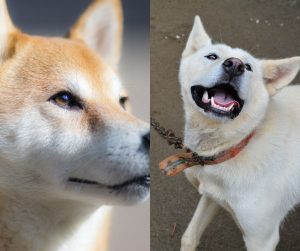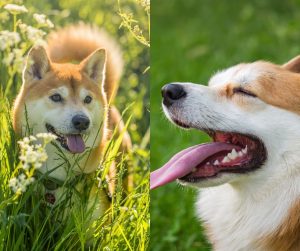Shiba Inus are a beloved dog breed known for their fox-like features and spirited personalities. Central to their appeal is the variety of coat colors they don. These Shiba Inu colors are not just a matter of aesthetics but are deeply rooted in the breed’s history. The four primary coat colors recognized by the American Kennel Club are red, black and tan, cream, and sesame coat color. Each brings its own unique charm and history to the breed.
A Shiba Inu’s coat is more than just a pretty feature; it can also provide insights into the dog’s genetic lineage and health. For example, while the cream Shiba Inu coat color is quite appealing to some, it can mask important markings and potentially be linked to certain health concerns.
The sesame and black and tan colors showcase distinctive patterns that are actually specified in breed standards, reflecting the breed’s rich genetic tapestry. Even beyond the recognized hues, rare colors such as white, pinto, and piebald exist, though they are not standard.
Key Takeaways
- Shiba Inu coats come in a range of colors, with four being officially recognized: red, black and tan, cream, and sesame
- Coat color and patterns in Shiba Inus offer insights into the breed’s history and genetics
- Choosing a Shiba Inu’s color involves understanding potential health concerns and grooming needs associated with certain colors
Origins and History of Shiba Inu Colors
The Shiba Inu, a breed native to Japan, is rich in history and color. These dogs, often referred to as “brushwood dogs,” have been around since as far back as 300 BC. Initially, they served as hunting companions, navigating through Japan’s rugged terrains.
The hues of a Shiba Inu’s coat aren’t just pretty; they are a storybook of the breed’s past. The Shiba Inu breed is very similar to the Akita Inu. Some people believe size is the only difference between these two Japanese dogs.
Their remarkable coat colors, deeply rooted in their genetics, include the vibrant and widely recognized red, the sharp contrast of black and tan, as well as the rare and captivating sesame. Contrary to popular belief, these colors do have practical origins. Hunters in Japan might have favored certain colors for their camouflage ability during hunts in the dense underbrush, although this is more anecdotal than documented.
Let’s take a tiny glimpse into their palette:
- Red: This iconic color is a head-turner, embodying a presence that captures the essence of the Shiba Inu
- Black and Tan: Known for their distinct tri-colored coats, this variety is a beautiful example of genetic diversity within the Shiba Inu dog breed
The evolution of these colors has helped the Shiba Inu adapt and stand out as Japan’s most beloved dog breed. They are more than just pets; each Shiba Inu color tells the tale of Japanese dogs, their history, and the cultural significance they hold. This living history continues today as Shiba Inus gain popularity worldwide, with their diverse coats illustrating a lineage steeped in Japanese tradition and the unwritten chapters of their brushwood origins.
Overview of Shiba Inu Coat Colors
Shiba Inus are like little four-legged artists, donning coats made of the most beautiful colors. Imagine them as living canvases, each one uniquely painted with hues that could rival autumn leaves. This is the breed standard set by the American Kennel Club.
Let’s walk through the gallery of their coat colors.
- Red Shiba Inu: This color is the Shiba Inu’s claim to fame. Think of the lustrous red of a rising sun. It’s not just one shade; these coats can range from a fiery, deep red to a gentler, soothing warm hue. You’ll spot them by their bright, foxy appearance—one could say they’re the celebrities of the Shiba Inu dog breed world
- Sesame Shiba Inu: More rare than the red, sesame Shiba Inus carry a unique blend of colors. They have red fur mixed with black-tipped hairs, almost as if sprinkled with sesame seeds—hence the name. It gives them a dignified touch, like seasoned warriors
- Cream Shiba Inu: A cream Shiba Inu is a vision of softness, with their fur looking just about ready to melt into the lightest coffee. It’s an undercoat mixed with cream and white, sometimes kissed by the faintest yellow or buff. They’ve got a dreamy aesthetic that makes one think of clouds
- Black and Tan: These pups possess a striking sense of contrast. Imagine night and dawn captured in fur—black with rich tan markings. They have a distinct, sharp look that sets them apart
Here’s a quick table for reference:
| Color | Appearance |
|---|---|
| Red | A range of vibrant to warm shades |
| Sesame | Red with black-tipped hairs |
| Cream | Light, with shades of cream, white, and yellow |
| Black and Tan | Black with tan markings |
Each Shiba Inu is wrapped in a coat of many splendors; they’re truly a palette of nature’s finest work. Whether they’re strutting on the sidewalk or curling up at home, these colors tell a story of beauty in diversity.
The Rich Red Shiba Inu
When one pictures a Shiba Inu puppy, the image that often comes to mind is that of a plush, deep red coat, almost akin to a fox. This is the red Shiba Inu, notable for its vibrant hue which ranges from a light, warm red to a more intense and rich shade. It’s this color that often pulls the eyes and hearts of those seeking a companion with a coat that adds a splash of natural beauty to their home.
The appeal of the red Shiba Inu isn’t just in the color. It’s complemented by urajiro—a creamy white pattern that contrasts beautifully with the red. This lighter coloration appears on the sides of the muzzle, cheeks, under the chin, chest, and stomach, as well as on the underside of the tail. It gives the red Shiba Inu a look of sophistication and depth, bringing out the lushness of the red.
Coat Care:
- Brushing: Frequent brushing maintains the neatness of their signature coat
- Bathing: Regular, but not overdone, to retain the coat’s natural oils
Popularity: Often the first picture presented in media and dog shows, the red coat is the most common and recognized among Shiba Inus.
Companionship: They’re more than their looks. These dogs are known for their spirited personality and pleasant demeanor, making them perfect buddies for walks or a cozy day at home.
Cream Shiba Inus and Potential Health Concerns
When they think about the adorable Shiba Inu, many folks picture that fox-like face framed with a fluffy cream coat. While this color is undeniably cute, some potential owners might wonder if those striking cream coats bring any health issues to the table.
Genetics Behind the Coat: The cream color in Shiba Inus is due to a recessive gene, much like the genes that determine hair color in humans. This gene does not have any known connection to health problems. That means, health-wise, a cream Shiba Inu should be as robust as its red, sesame, or black-and-tan siblings.
Common Misconceptions: Just to clear things up, cream Shiba Inus are not albino. Albinism in dogs is related to a different genetic scenario that can, indeed, carry health implications such as vision and sun sensitivity. But that’s not what we’re dealing with here.
Health Screenings: Regardless of their coat color, all Shiba Inus can benefit from regular health check-ups. These might include:
- Eye examinations: To ensure they don’t develop glaucoma or cataracts
- Skin assessments: Although not color-related, a Shiba Inu’s dense double coat requires proper care to avoid skin issues
So, if someone’s set their heart on a cream Shiba Inu, they can breathe easy knowing that their choice isn’t tied to any additional health risks solely due to color. They should still keep up with regular vet visits and health screenings—just the usual care a Shiba demands. After all, each Shiba deserves the best of care, regardless of the shade of their fluff.
Sesame and Black and Tan: Patterns and Markings
Sesame Shiba Inu
- Color Palette: This pattern has a red base with a fine blend of black hairs
- In essence, sesame Shiba Inus offer a color that reminds one of the sprinkled seeds – black across red – creating an intriguing and well-mixed coat appearance
- Goma: A term inspired by the Japanese word for “sesame,” $goma$ refers to their distinctive fur pattern, where the black tips are not too overwhelming
Black and Tan Shiba Inu
- Distinct Layers: Each hair in their black and tan coat bears a gradient of three hues
- You’ll notice markings in a light cream color at the beginning, a reddish-tan in the middle, and a dark black tip
- Markings: Look for their tan markings tucked neatly between the black and white patches – they show up like accents, highlighting their eye spots, inside the ears, on their cheeks, legs, and tails
Both types of Shiba Inu colors carry the urajiro pattern, a charming trait where patches of lighter cream fur appear on the chest, belly, and parts of the face and legs, offering a striking contrast and adding depth to their overall look.
The term black sesame might pop up. It refers to a Shiba Inu that has more black than red in their coat, making for a dramatic, yet equally adorable visual.
Shows and Competitions
- Recognition: While sesame and black and tan are both acknowledged by major kennel clubs, variations in these patterns, especially if they deviate significantly, might not be officially recognized.
Rarest Coats and Genetic Influence
Shiba Inus come in a variety of colors, but some are much harder to come by. The sesame Shiba Inu takes the crown as one of the rarest coat colors.
This particular hue is a symphony of colors—a base of red fur intermingled with an even spread of black. It’s a striking combination that’s not just uncommon due to its appearance but also because of the precise genetic recipe it requires.
Genetics plays a big part in the coat color of Shiba Inus. The genes are like color instructions that tell each strand of fur what shade to sport.
Recessive genes, on the other hand, tend to be shy, hiding behind more dominant ones, and this is why some colors are less common.
For a Shiba Inu to grace the unusually rare color of black sesame, there must be a perfect genetic dance happening, with both red and black-and-tan genes pairing elegantly.
Besides the black sesame, other colors considered non-standard yet fascinating include cream and even the illustrious blue, which is a faded black giving off a mystical blue sheen. They’re not typically recognized in the show ring, but they’re just as delightful. This does mean there is a possibility of a Black Shiba Inu.
Finally, it’s important to mention that while these rare and non-standard colors may be intriguing, they don’t affect a Shiba’s charismatic personality. So, when they’re bouncing around or giving you that famously mischievous Shiba grin, remember, it’s not just their coat that’s special—it’s the whole package.
The Impact of Coat Color on Shiba Inu Behavior and Temperament
When it comes to Shiba Inu dogs, their coat color is one of their most striking features. These adorable buddies sport coats that range from red to cream, and each shade is a sight to behold. But, does the color of their fur have any connection to their behavior or temperament? Here’s a nugget of insight on the topic!
First off, it’s essential to understand that a Shiba Inu puppy’s temperament generally is a mix of affectionate, independent, and spirited traits— regardless of their coat color. Dog lovers appreciate Shibas for their bold personalities, and it turns out, color doesn’t really swing their behavior one way or another.
Here’s a little breakdown:
- Coat Color: Widely, it has no scientific basis that it influences the personality or behavioral traits of Shiba Inus
- Temperament: They tend to be alert, good-natured, and can be quite affectionate with their human companions
While some might think that a bold red Shiba might have a fiery temperament to match, that’s more of a cute assumption than fact. In reality, a red Shiba can be just as cuddly or independent as a cream or sesame one.
Shiba Inus do have a strong personality that may sometimes seem aloof or reserved, but don’t let that fool you. They can form strong, loving bonds and enjoy spending time with their families.
In essence, while their coat color is a feast for your eyes, it doesn’t dictate who they are on the inside. Each Shiba Inu, regardless of the shade of their fur, is a unique creature with their very own quirks and ways of showing affection.
Shiba Inu Coat Care and Grooming
Shiba Inus are a dog breed adorned with a beautiful double coat. This coat consists of a soft undercoat and a stiffer outer coat. The proper care of their coat is simple, but it does require regular attention due to their natural shedding cycles.
Brushing: They benefit greatly from weekly brushing. This not only removes loose fur but also distributes natural oils, maintaining a healthy shine.
During shedding seasons, which occur semi-annually, more frequent brushing may be necessary to manage the increased fallout.
- Tools: For the undercoat, consider using a slicker brush or an undercoat rake. These tools are designed to reach deeply without harming the skin
- Technique: Gentle strokes will remove dead hair and prevent mats or tangles
Bathing: When it comes to baths, less is more. Too much bathing can strip their coat of natural oils.
Aim for a bath every three to four months, unless they get particularly dirty.
Diet: Remember that what they eat affects their coat. Foods rich in omega-3 fatty acids contribute to coat health.
Here’s a simple grooming routine to follow:
- Start with a thorough brushing to remove dead hair
- Bathe them using a gentle dog shampoo
- After bathing, dry them completely and finish off with another light brushing
Maintenance of a Shiba Inu coat is about consistency and using the right tools for the job. This routine not only keeps their coat in tip-top condition but also becomes a bonding time for you and your fur friend.

